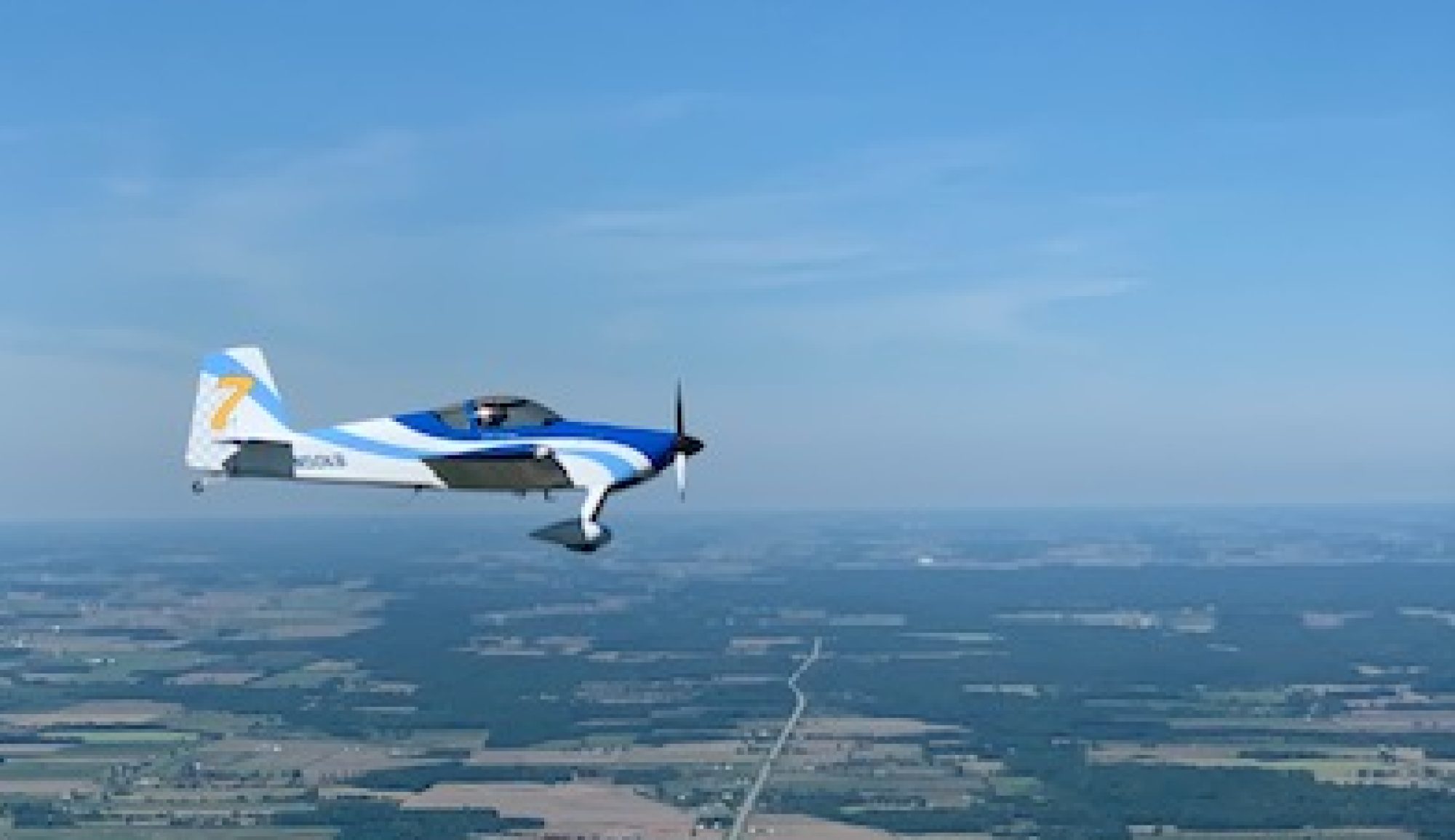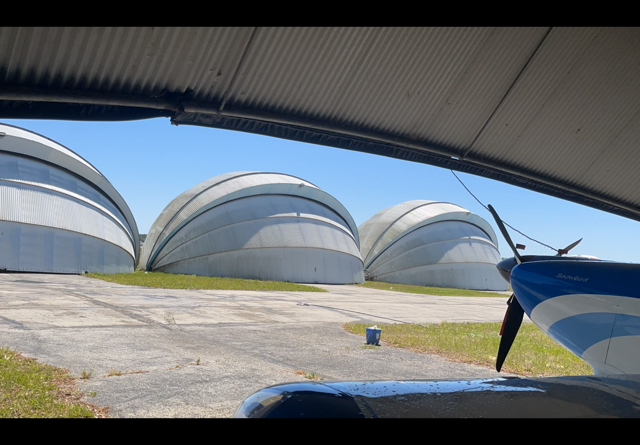Dolly and I have reduced our flight time this winter as Covid damped our enthusiasm for eating out. Result: Fewer hundred dollar hamburgers and a new flight simulator.
I have been thinking about a flight sim for several years. Dolly was a real motivator for getting the project started. She loves to fly with me yet has not wanted to learn to fly or touch the controls. When she said she wanted to try a simulator that kicked off the start of the build.

The sim sits in a space between the two halves of our China cabinet that used to house an old (2001) 52″ projection TV. We hardly ever watch television anymore. I avoid uncontrolled advertising and keep up to date via the internet.
The sim has three 27″ monitors that display scenery and the cockpit above the glare shield. Below the scenery screens are two ~16″ touch screens showing Garmin G1000 Primary and Multi-function Flight Displays. Mounted between them is Dolly’s old IPad that displays a Garmin 305 autopilot control head. My IPad is on the right displaying instrument approach charts. Finally, there are rudder pedals on the floor and a Thrustmaster Joystick on the desk.
All of these components communicate with the computer on the floor. It has one terabyte solid state memory and a Nvidia 3080 graphics card. Those three blue lights are cooling fans. Software housed on the machine includes XPlane and Microsoft Flight Simulators. 
The four touch screens make the sim close to the Garmin glass touch panel instruments in our RV7. The flight sim community is heavy into developing new sim instruments. I hope to soon see a radio and GPS navigator like the real instruments.
Obviously the flight sim is not used 24/7. However, the computer has all the bells and whistles necessary to make it a good bitcoin miner … but that’s another story.






